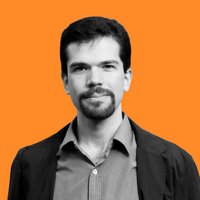Energy & sustainability
Sunmi Shin
Manipulating the transport of heat by bringing together heat transfer and photonics.

Global
David Rolnick
He's employing artificial intelligence in the fight against climate change.

Asia Pacific
Cheng Tang
New technologies that might defossilize, decarbonize, and decentralize the current chemical industry.

Asia Pacific
Ming Joo Koh
Koh strives for sustainable chemical synthesis in catalytic research.

Japan
Fujio Kojima
Tackling Pollution via Commercialization of a Trash Collection Social Media Platform.
